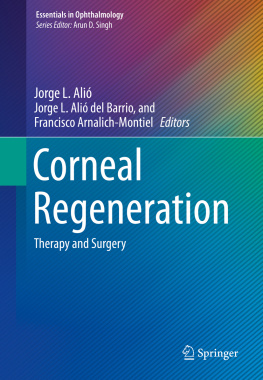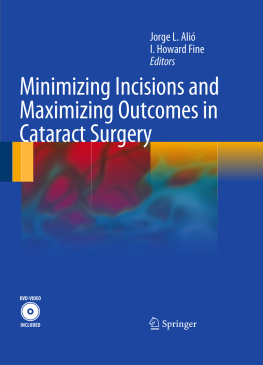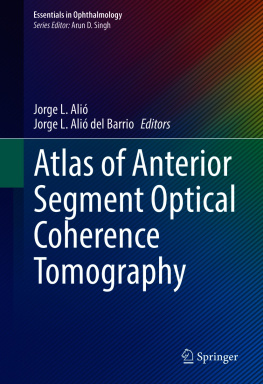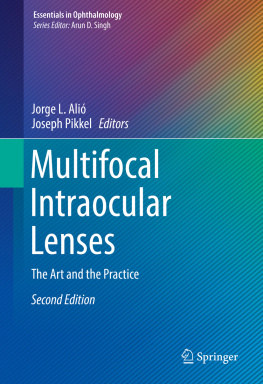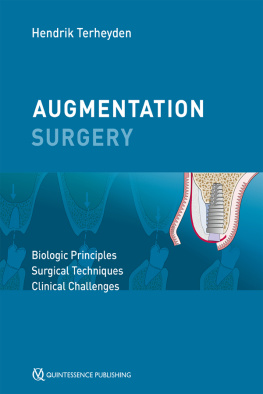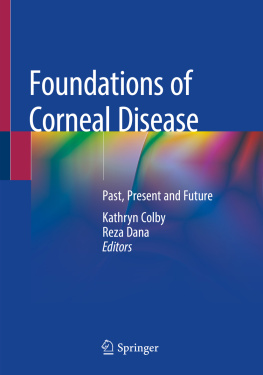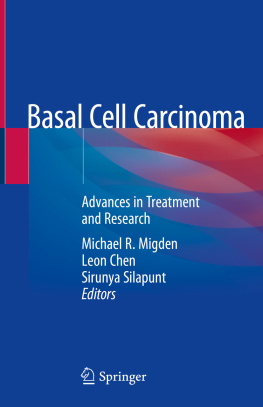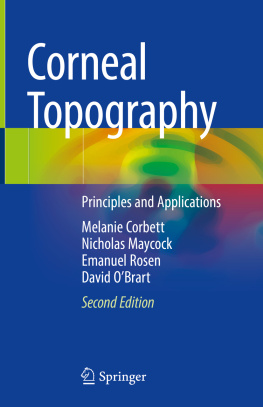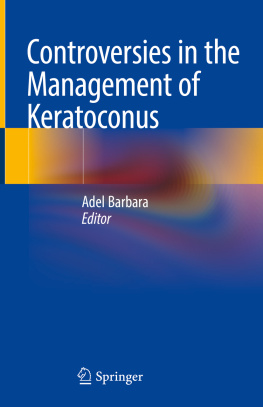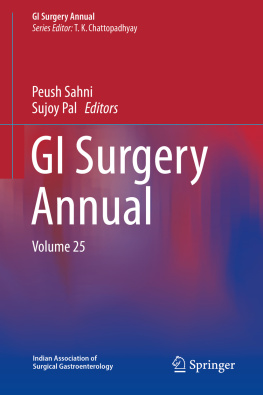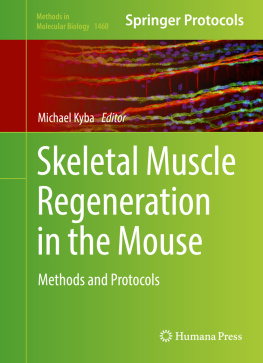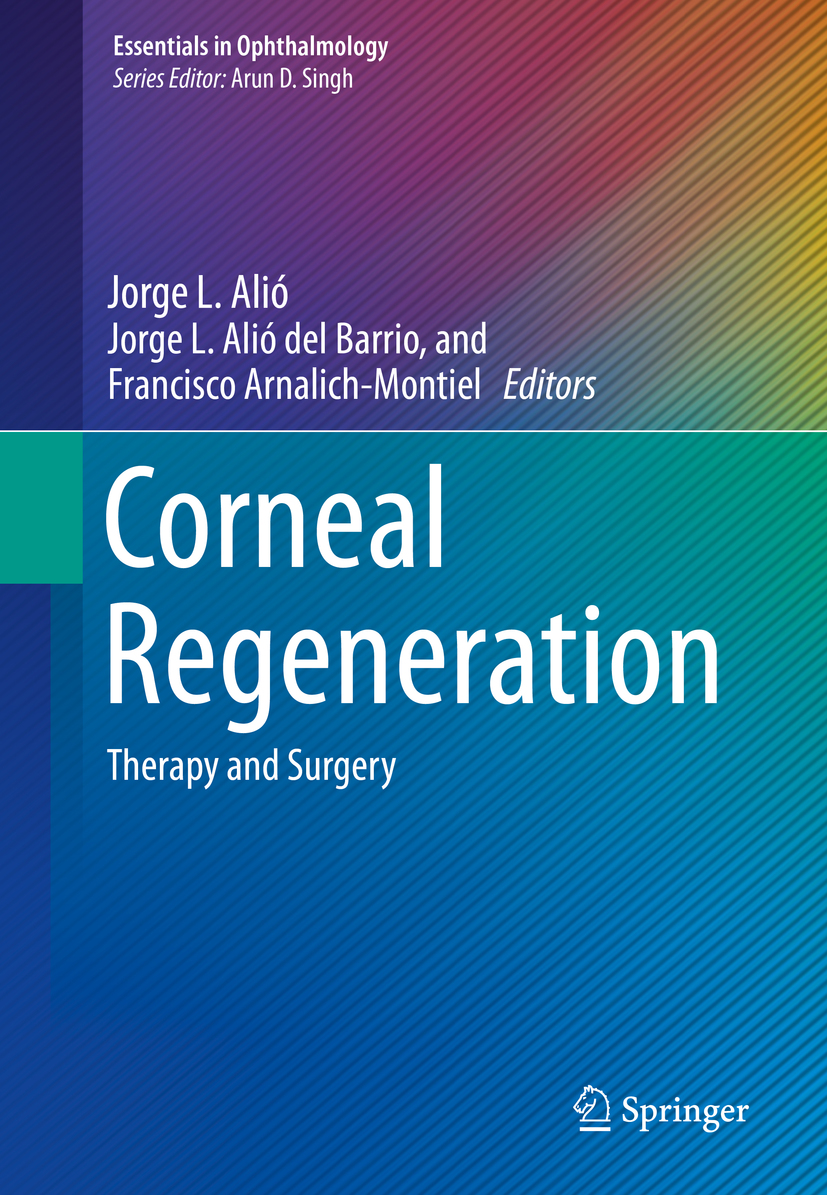Corneal Regeneration, the Present and the Future of an Emerging Surgical Solution for Corneal Disease
Regeneration of human tissue is one of the most challenging and promising topics in surgery and indeed in the whole of medicine. Eye care today, based mainly on surgical options and medication, is finding the way to provide better care for our patients affected by ocular disease using biological methods of therapy, including tissue bioengineering which offers a new alternative that may lead to a totally different perspective in the way in which we consider the treatment of eye disease today.
Eye disease severely affects our quality of life. The possibility of successfully treating many ocular diseases which lead to visual impairment with methods which are today the standards of care that do not involve surgical options based on tissue substitution (transplantation), use of long-term therapy or even mutilation caused by the elimination of diseased tissue and replacement by new tissue (like in pseudophakia) is indeed extremely attractive. When accomplished, well-developed tissue regeneration therapy will be considered as one of the major steps forward in human medicine.
This alternative is now being pursued by researchers and innovative clinicians and surgeons finding a way to obtain new methods that are more anatomical and customized than those that we have today, even though these are successful.
The cornea is a privileged tissue for studies on tissue regeneration. It is the forefront of the eye, and due to its transparency, it provides the first step for vision. Corneal blindness is one of the leading causes of blindness in the world and can be cured only by tissue substitution, which is not always possible or even available. Corneal transplantation has been evolving over the last 20 years into different modalities which include lamellar grafts of the anterior and posterior surfaces that are, in fact, today, the most popular ways to treat corneal disease. However, we are all aware of the limitations of corneal grafting based on the availability of tissue and the biological hazard always associated to these procedures.
The cornea, due to its accessibility, is where the most important advances in corneal regeneration therapy and surgery are currently being developed. In this book, the reader will find the most advanced and promising authors, offering the alternative step that corneal regeneration may provide to clinical practice today. From animal models to real applications based on data obtained in clinical human studies, corneal regeneration is taking a great step ahead towards an application that will change corneal surgery, creating a new revolution. From ocular surface regeneration, corneal stroma regeneration and corneal endothelial cell therapy, we may consider that there is an immediate future in which not only shall we be able to regenerate these three parts of the cornea (surface, stroma and endothelium), but, considered altogether, we could regenerate the whole cornea based on autologous or cell bank tissue. This is in part recreation and involves many challenges, from biological, ethical, organizational and probably financial costs. Of all these, the fundamental use of autologous stem cells for these purposes harbours huge benefits in terms of ethics and availability although we can already imagine the emerging role that cell therapy banks can offer in the future.
We welcome the reader to this book which is the first of its type on this topic and the first to offer in a systematic and improved way the developments that we have obtained today in corneal regeneration. We hope that this will open and stimulate the imagination of the reader and researchers in order to go further and faster in this new and most promising way and stage of eye surgery.
Just to finish this preface, I would like to thank all the participants, authors and investigators of different origins who have participated directly or indirectly in this book. Without their generous contribution, their ideas and their hard work over many years in the background, something like this would not have been possible. They have enlightened the future and this book aims to be the platform to support all this light that will take our practice to a higher level for the benefit of our corneal diseased patients.
Prof. Jorge L. Ali
Alicante, Spain
Perspectives on Regenerative Medicine
It is now widely recognized that regenerative medicine is sure to open novel treatment pathways deep into the twenty-first century, as it follows along the line of organ and tissue transplantation, as well as stem cell-related translational research [1]. In regard to the former, it is set to replace organ replacement therapies, such as heart, liver and kidney transplantations, via the use of sophisticated cell therapies and/or tissues and organs created by tissue engineering procedures [2, 3]. In regard to the latter, specific haematopoietic stem cell transplantation, mesenchymal stem cell transplantation, cultured skin sheets, corneal epithelial stem cell sheets, etc., can now be observed. In regard to the cells used for regenerative medicine, there are two different strategies. The first involves the direct use of stem cells in culture, while the second involves the use of tissue-specific well-differentiated cells in culture. In todays regenerative medicine, two different concepts and strategies exist: one is the direct transfer of cells and/or tissues that, expectedly, possess normal cell functions, while the other aims at releasing miracle substances, including some cytokines, from the transferred cultured cells to the recipient damaged/diseased organ, an example of which can now be seen in the heart-related field of regenerative medicine.

